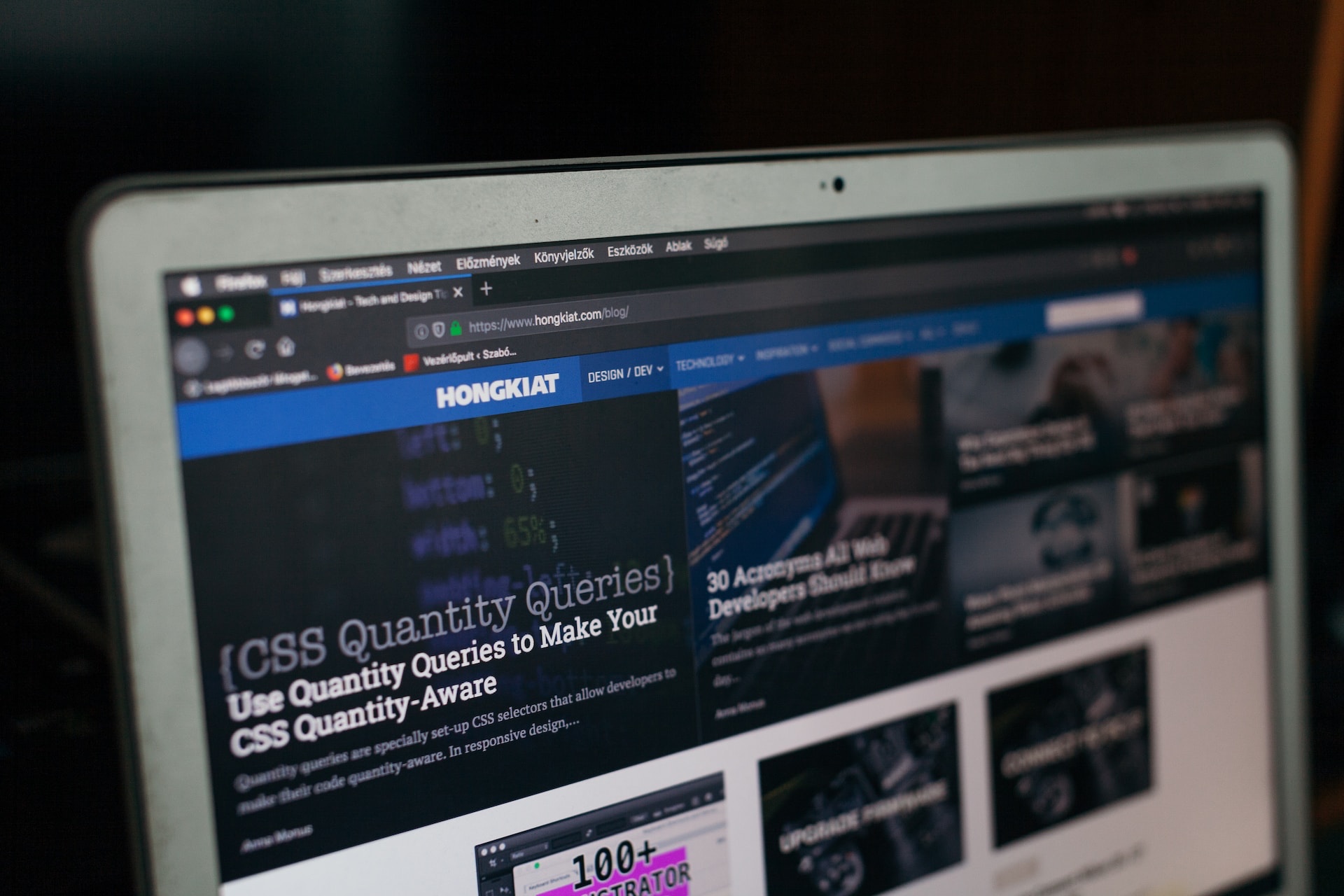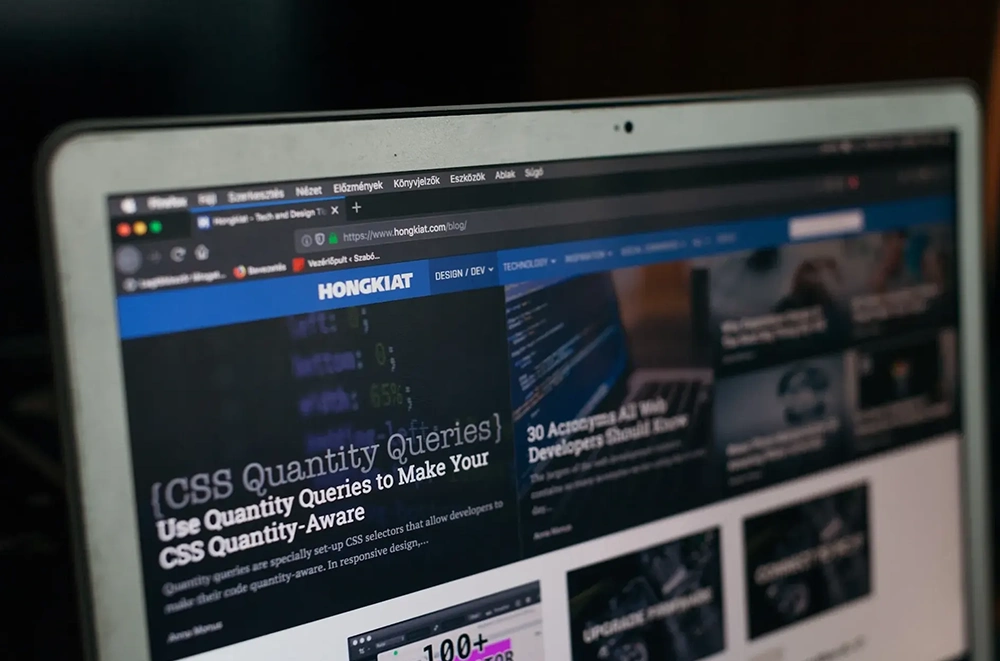A company’s website often serves as the first point of interaction with its customers. It’s the digital window—a storefront that communicates values, services, and brand identity. Therefore, designing an intuitive and user-friendly website, especially at a large scale, can significantly influence user perceptions and contribute to an overall positive corporate experience.
A large-scale website design must cater to the needs of diverse user groups, offering various products, services, and content. Such projects are multifaceted and involve complex navigation structures and numerous functionalities. With all these complexities, maintaining a focus on the end user’s experience is paramount.

The Impact of User Perceptions
User perceptions play a critical role in shaping the overall experience with a website. These perceptions are formed based on how easy the website is to use, how well it aligns with the user’s goals, and how much value it provides. In a large-scale website, these perceptions can be influenced by factors such as site architecture, content organization, speed, visual design, and responsiveness. If users find the website intuitive, informative, and efficient, it contributes to a positive perception of the company. Conversely, a poorly designed website can lead to frustration, mistrust, and damage to the company’s reputation.
User-Centric Design in Large-Scale Websites
To create a positive user experience and perception, it’s crucial to incorporate user-centric design principles in large-scale websites. This process begins with understanding the target audience’s needs, preferences, and behaviors. User research, such as interviews, surveys, and usability testing, can provide valuable insights.
With this knowledge, designers can develop an information architecture that logically organizes content, making it easy for users to find the information they need. A well-thought-out navigation system can guide users through the site smoothly, while a clean, appealing visual design can enhance usability and reinforce the company’s branding.
However, the work doesn’t end at the launch of the website. Regular user testing and analytics are necessary to understand how users interact with the site, identifying potential issues, and making necessary improvements. The aim is to ensure the website remains user-friendly, relevant, and valuable over time.

Incorporating Inclusivity and Accessibility
When considering large-scale corporate website design, inclusivity and accessibility are of utmost importance. An inclusive design ensures your website caters to the widest possible audience, taking into account factors such as age, gender, language, and culture. Moreover, an accessible website means that people with disabilities can perceive, understand, navigate, and interact with the web.
In practice, this means using alt text for images, providing captions for videos, ensuring a high contrast between text and background, and making all functionalities accessible from a keyboard, among other considerations. Not only does this improve the overall user experience, but it also broadens the potential audience reach, demonstrating the company’s commitment to equality and fairness.
Mobile-First Approach and Performance
With the increasing use of smartphones for web browsing, adopting a mobile-first approach is essential. The website design should ensure an excellent user experience across all devices, particularly on smaller screens. This approach can include responsive design, flexible images and layouts, and large, easy-to-tap buttons.
Performance, too, is a crucial aspect of user perception. A slow website can frustrate users, causing them to leave and potentially preventing them from returning. Therefore, designers should optimize elements like images and scripts, use caching, and employ content delivery networks to increase the website’s speed.
Engaging Content and Interactive Elements
The content on a large-scale corporate website should be engaging, relevant, and valuable to the user. Implementing a content strategy that includes a mix of text, images, videos, infographics, and other forms of content can enhance the user experience, increase engagement, and provide value to the audience.
Interactive elements like contact forms, chatbots, polls, or calculators can also enhance the user experience. They provide opportunities for users to engage with the site, receive personalized responses, and feel more connected to the company.
By considering these factors, along with a user-centric design approach, companies can significantly enhance their corporate experience, positively shaping user perceptions and driving long-term success.
In the realm of corporate web design, large-scale projects pose unique challenges but also offer opportunities to positively shape user perceptions and the overall corporate experience. By adopting a user-centric design approach, companies can create websites that not only meet their business goals but also provide an exceptional user experience. This ultimately fosters trust and loyalty among users, strengthening the company’s reputation and contributing to its long-term success. Remember, a happy user leads to a thriving company.









